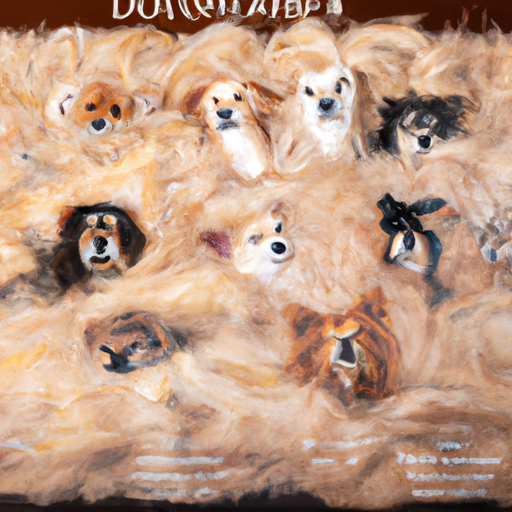Understanding Your Dog’s Coat
You may have noticed that your dog’s fur seems to be everywhere, especially at certain times of the year. Understanding your dog’s coat is essential to predicting when the shedding season will hit. Dogs have two types of fur: the undercoat and the topcoat. The undercoat, which is soft and fluffy, provides insulation. The topcoat, which is coarse and thick, protects against sunburn and insect bites.
- Double-coated breeds like Huskies and German Shepherds have a dense undercoat beneath a tougher topcoat.
- Single-coated breeds like Poodles and Maltese have hair that grows continuously, similar to human hair.
Shedding Seasons
Most dogs shed twice a year – in the spring and fall. This is because their coats are responding to changes in daylight, not the temperature.
- Spring Shedding: As the days become longer, dogs shed their thick winter undercoats to prepare for the warmer months.
- Fall Shedding: When daylight hours shorten, dogs shed their lighter summer coats to make room for a heavy winter coat.
Breed-Specific Shedding
Different breeds shed at different rates and times. For example, breeds with double coats shed more than those with single coats. Here’s a table to illustrate:
| Breed | Coat Type | Shedding Season |
|---|---|---|
| Husky | Double | Spring and Fall |
| Poodle | Single | Minimal |
| German Shepherd | Double | Spring and Fall |
| Maltese | Single | Minimal |
Managing Shedding
Shedding can be a challenging time, but some steps can help you manage it more effectively:
- Regular Brushing: This is the most effective way to control shedding. It removes loose fur and distributes skin oils, promoting a healthier coat.
- Proper Nutrition: A balanced diet promotes a healthy coat and minimizes excessive shedding.
- Bathing: Regular baths can help loosen and remove the undercoat.
Professional Grooming
For some breeds, professional grooming can help manage shedding. Groomers have the tools and knowledge to safely remove loose fur, even in hard-to-reach areas. They can also provide tips for managing shedding at home.
FAQ
Q: Do all dogs shed?
A: All dogs shed to some degree, but the amount and frequency can vary greatly among breeds.
Q: Can I stop my dog from shedding?
A: Shedding is a natural process and can’t be stopped completely. However, regular grooming can significantly reduce the amount of fur your dog sheds.
Q: Why is my dog shedding in the winter?
A: Some dogs may shed in the winter to make room for a new, thicker coat. If the shedding seems excessive or if your dog appears bald or patchy, consult a vet.
Q: Is excessive shedding a sign of illness?
A: In some cases, yes. If your dog’s shedding is accompanied by other symptoms like skin irritation, loss of appetite, or lethargy, seek veterinary advice.



